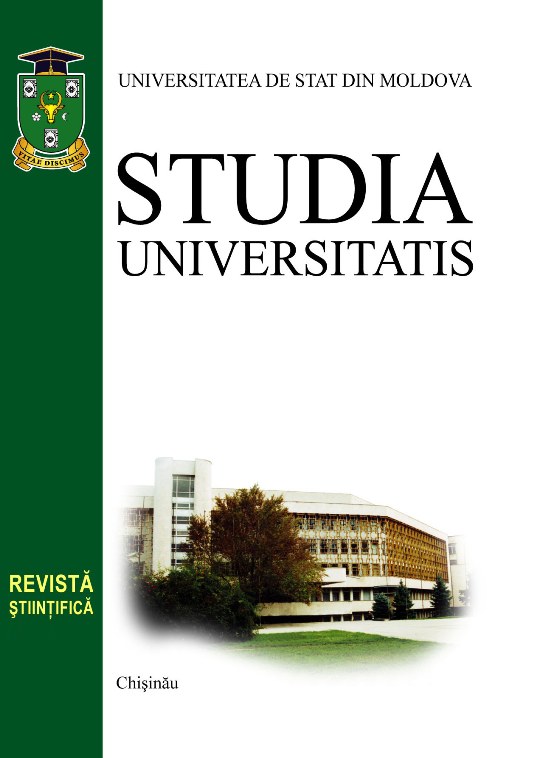ACTIVITATEA ANTIOXIDANTĂ A UNOR COMPUŞI DIN PRODUSE SECUNDARE VINICOLE LA REDUCEREA NITRITULUI
Maria GONŢA, Diana PORUBIN Catedra Chimie Industrială şi Ecologică
Аннотация
In the stomach, the dietary nitrite reacts with the nitrosable substrates (amines, amides, etc.) forming carcinogenic N-nitroso compounds. The process of inhibition of NOC formation is based on the reduction of the nitrite to NO, which is not a direct nitrosating agent. Considering all this, we have decided to study the nitrite reduction, using various com-pounds, as: quercetin (Que), (+)catechin ((+)Ct), rezveratrol (Rezv), dihydroxyfumaric acid (DFH), the dimethylic ester of the dihydroxyfumaric acid (EDMD), the dimethylic ester of the tartaric acid (EDMT) and ascorbic acid (AA) used as reference. We obtained that the increase of the reductants concentration leads to the increase of the reduction rate of nitrite, which indicates the existence of a dose dependent effect. The reduction rate was investigated function of the pH value: 1.5, 2.6, 3.4, 4.6 and 5.6. The reductants and nitrite concentrations were of 1·10-4 M. The best results were obtained at pH 1.5 for all reductants. Thus, the pH has a direct influence on nitrite reduction. The most efficient nitrite-reducing agents are Cver, (+)Ct, Rezv, and DFH4, followed by EDMD and AAs, whereas EDMT showed very weak antioxidant properties. This can be explained by the chemical structure of the investigated compounds and their behavior in various reaction media.


